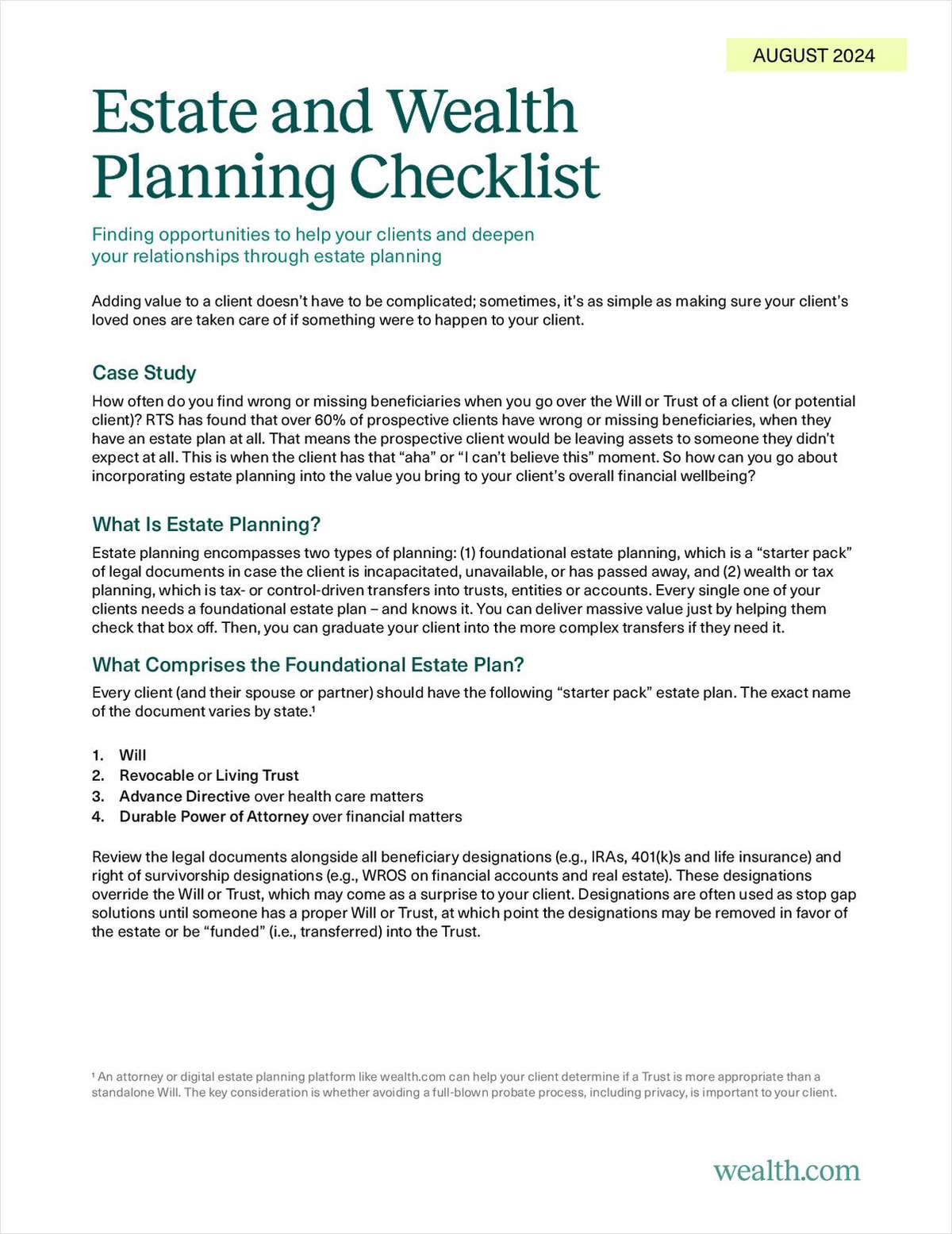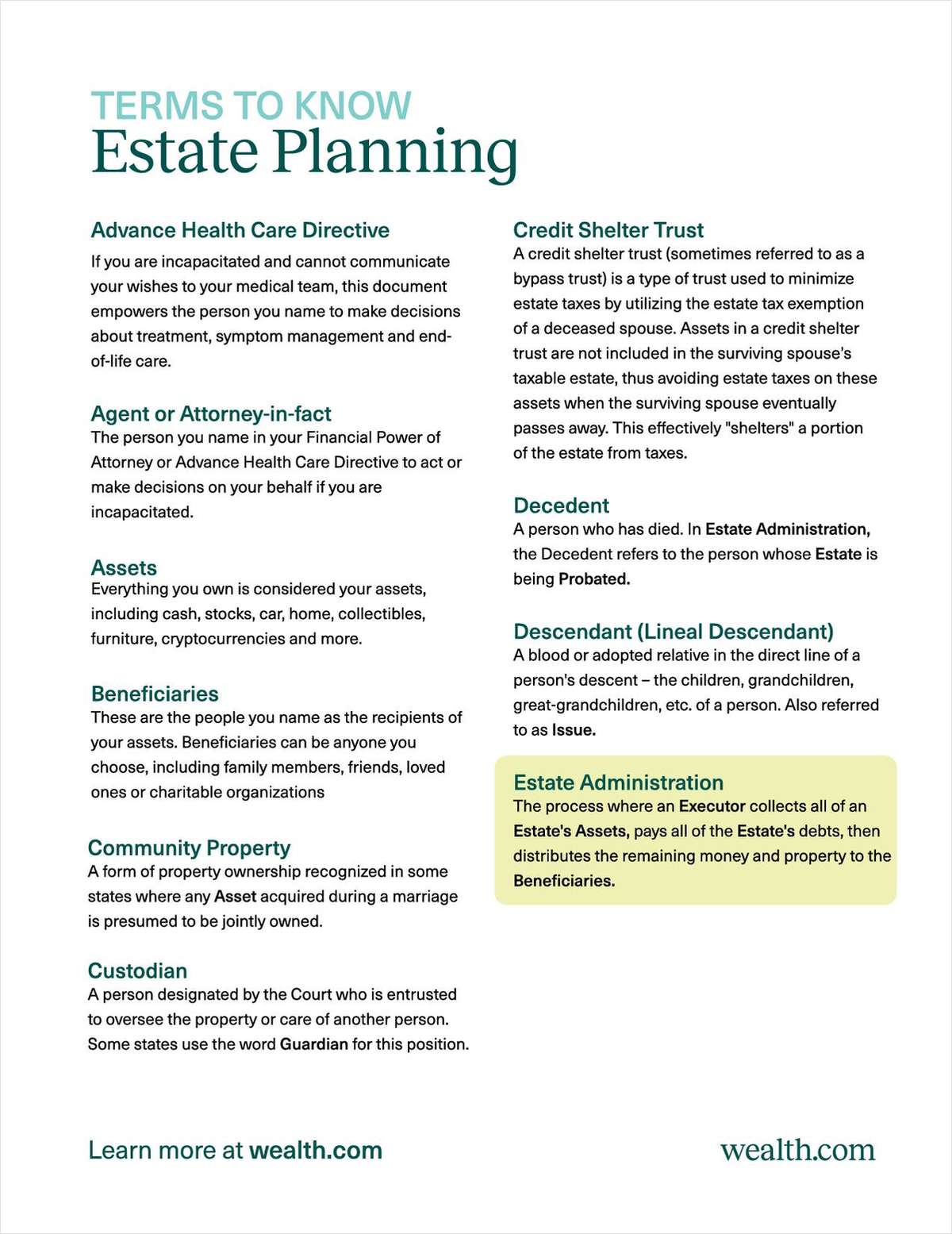Editor's note: This is the last part of this article series. To read the first part, go here.
The first installment of this feature explored the perspectives of two retirement experts who say that claims the country is facing a retirement crisis are overblown.
Frederick Vettesse, chief actuary at Morneau Shepell, has published a new book that recommends income replacement rates substantially lower than the 70 to 80 percent rule of thumb routinely recommended by retirement experts.
That rule of thumb is unnecessarily high, and unrealistic for most investors, argues Vettesse.
Andrew Biggs, an economist with the American Enterprise Institute, has been studying Social Security and retirement issues for more than two decades.
He, too, questions the necessity of the 70 percent rule of thumb, and while he does not recommend throwing the baby out with the bathwater, he does say the conventional wisdom needs further examination. Biggs also questions whether the country is indeed facing a retirement crisis and fears politicians will use the fear of an impending crisis as reason to expand Social Security benefits.
Vettesse and Biggs were both critical of recent research from Fidelity, which recommends plan participants save 15 percent of earnings annually, in order to ultimately accrue a savings nest egg worth 10 times their highest salary.
Below are some reactions to those criticisms from various levels of industry, and some perspective on what value recommended replacement rates have for retirement savers.

Room for improvement
Charlie Nelson, CEO of retirement at Voya Financial, says industry has come a long way in improving savings estimates for plan participants.
But much work remains, said Nelson.
He points to the country's declined overall savings rate — what is now 5 percent used to be 17 percent — and data from the Employee Benefits Research Institute that shows that 60 percent of 401(k) participants have less than $25,000 in savings.
And fewer than half of workers have tried to estimate what they will need in savings to survive retirement comfortably.
"Establishing personalized savings rates is going to be a necessary tool going forward," said Nelson. "Everyone is going to have personalized needs, and that's why we think advisors are going to play an even more important role."
In Nelson's thinking, there is simply too much data showing savings shortfalls — not to mention the massive gap in access to workplace plans — to suggest the nation isn't facing a retirement crisis.
"These types of broad statements don't help much," he said.
Setting a 70 percent income replacement rate is not at all overblown, says Nelson. In fact, it may be the easiest way to understand an individual's state of readiness.
"It's not all that complicated to figure out," says Nelson. "For most, it means you need to be saving between 10 and 15 percent of salary."

Asymmetric risk
Steve Utkus, principal in Vanguard's Center for Retirement Research, says the question of retirement savings rates presents an "asymmetric" risk.
Save too much, and the risk is relatively benign. Save too little, the risk could be catastrophic.
Critics of a 70 percent replacement rate rule rely on convenient assumptions, said Utkus.
First and foremost, they assume steady investment returns and fail to consider the turbulence in labor markets that affect even higher earners throughout their working careers.
They also underestimate the headwind of future health care inflation—estimates that inflation will affect workers' out of pocket costs more than retirees' are simply "flat wrong," according to Utkus.
Then there is the question of Social Security and Medicare solvency. In questioning industry's high replacement rates, both Vettesse and Biggs point to the safety nets' productivity in replacing income, particularly for lower earners.
But Utkus worries taxpayers are going to have to "pony" up for those benefits going forward, potentially increasing savers' future retirement costs.
"The reality is there is a lot of uncertainty that sound retirement planning has to hedge against," said Utkus. "What would you rather have? Financial security at 55, or to realize you're not going to have enough for retirement too late?"





